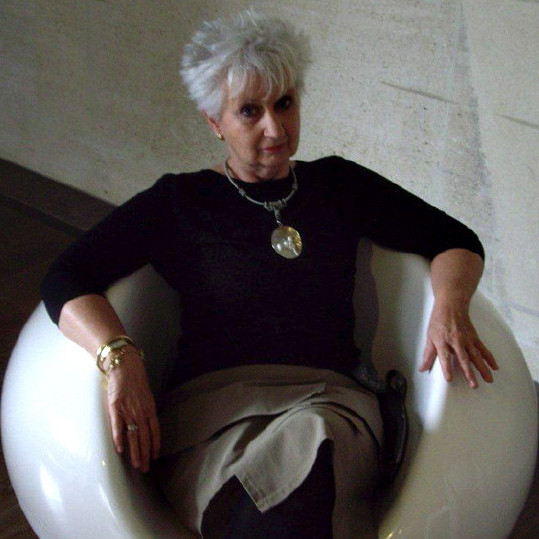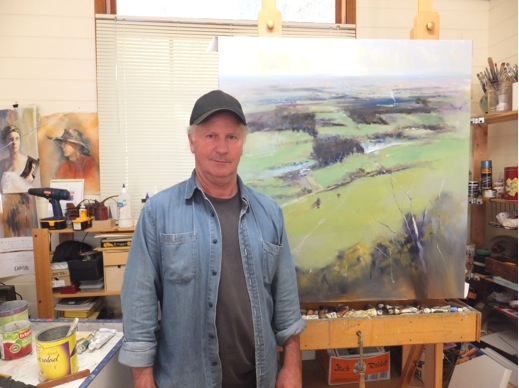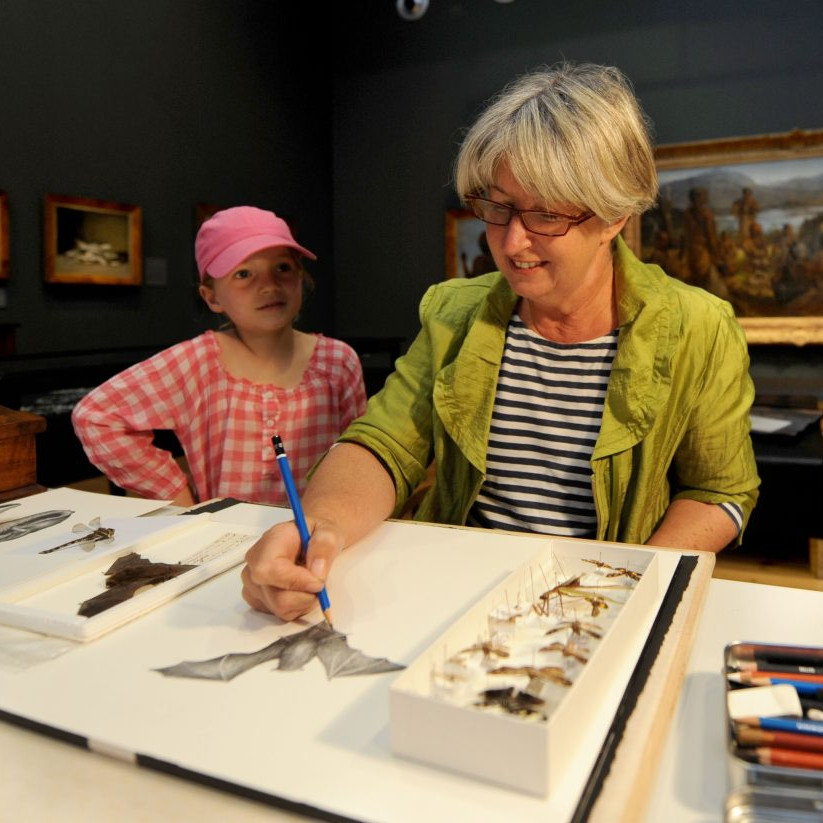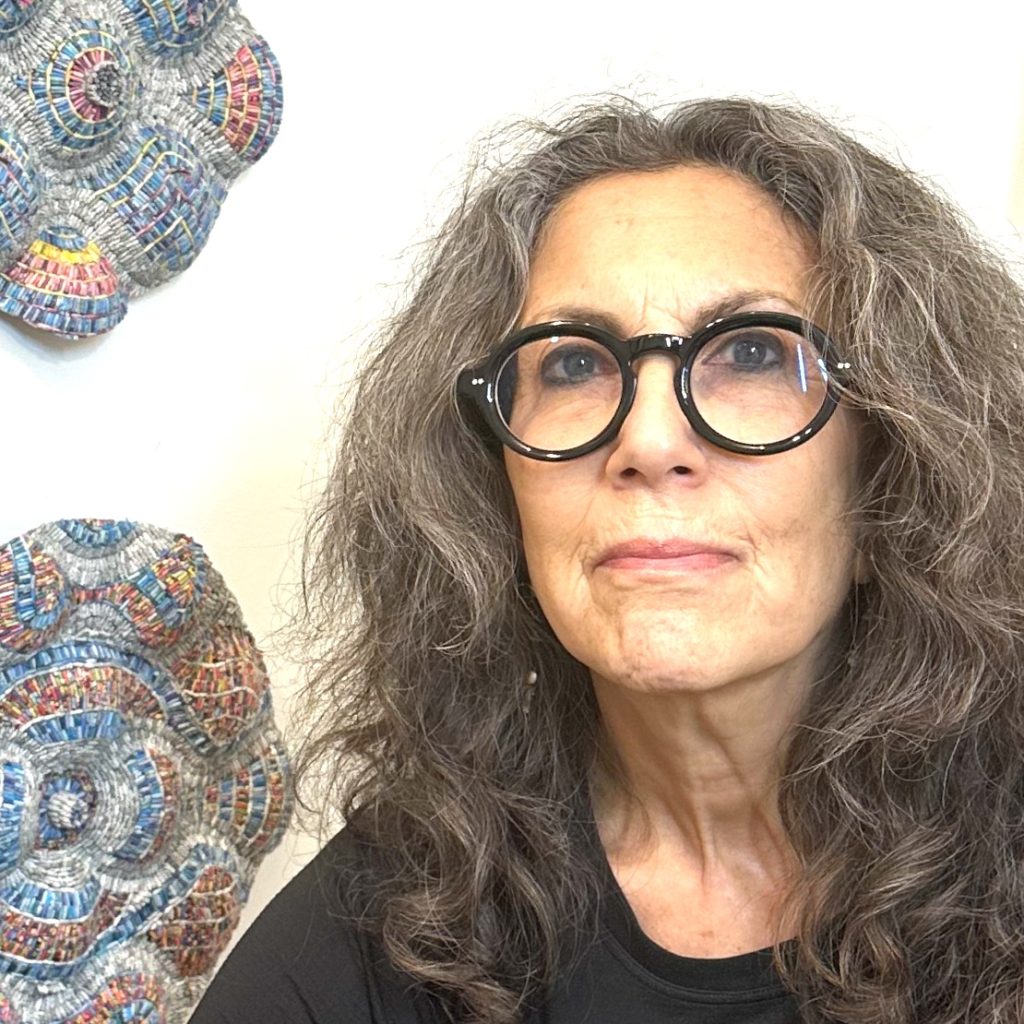Robert Knight Painter - Victoria, Australia
What lead you to a career in art?
I remember from a very young age I loved to draw. My first painting set was given to me when I was about 10 years of age.
I started an apprenticeship in signwriting when I was sixteen, I was always drawn to the graphics side of the trade, pictorials etc.
In the early 80s I had some painting lessons with the late Terry Collins, after this all I wanted to do is paint. I started to sell my work in the mid 80s and gradually my art career started to take off. I am mostly self-taught.
Your approach is very similar to the lens of a camera, where only one part is truly in focus drawing the eye to the part you want to show. Can you comment on this?
Yes this is a very deliberate approach on my part. I use this method to maximize the impact of the focal point.
I like mostly to have the focal point in clear focus and then the further I get towards the edge of the canvas the more abstracted the images become.
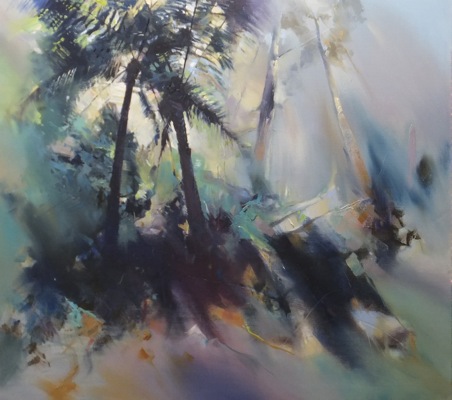
Your nature images are also close ups of the natural world along with a deep understanding of colour. Can you discuss this in relationship to the work, ‘Forest Floor Composition’?
I guess my use of colour in “Forest Floor Composition” is a combination of things. One is what I see looking at the subject, and the other is probably more complex and has a lot more to do with painting the feeling I get.
I think this is more about looking inward rather than out ward!
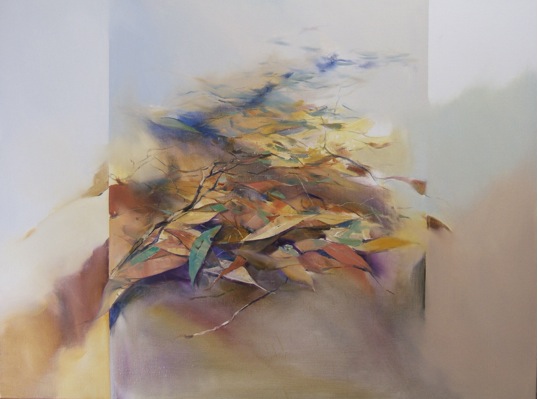
‘Forrest Floor Composition’
There is an oriental take in ‘Pond’. Is it due to the content?
I am very drawn to the simplicity of the subject, and I really admire the oriental approach of a minimal and harmonious composition, in colour and form… Simple, but not always easy to achieve.
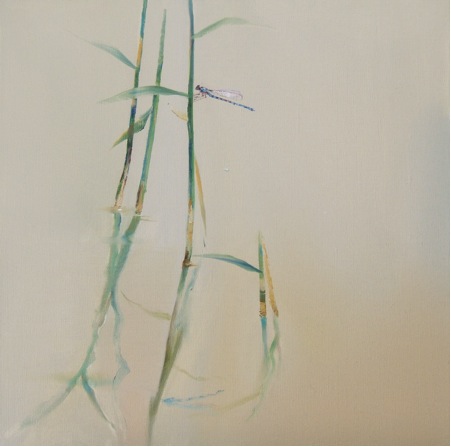
‘Pond’
From the close up of nature you also choose to capture the man-made. Your cityscapes have great compositions. Can you discuss – looking down and through?
In just about all of my paintings I try to think a little outside the box; that is I think about how I can make my picture somewhat unique , i.e.: looking up , looking down, into and beyond. This has become a bit of a characteristic of my work. Sometimes in my composite works I use all of these in the one painting.
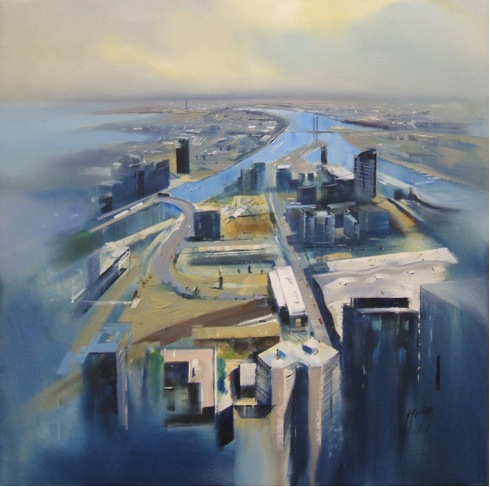
‘Docklands, Melbourne’
When do you see it as important to add figures in your work?
Most of the time I add figures to my work to give the viewer a feeling of scale whether it’s on the top of a cliff or walking along a busy city street. It gives the painting the feeling of the hustle and bustle of every day city life.
I also use figures in my paintings to create the illusion of perspective in the scene.
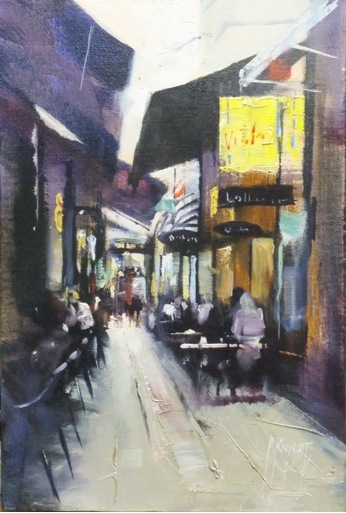
‘Cafes’
Melbourne is known worldwide for its laneways. Can you expand on how you technically do this work? Is it done on site? Do you use photographs or sketches? How do you cope with the passers-by?
Melbourne has so many laneways all with their own characteristics; I often paint these vibrant places. The method I use for these busy areas is to photograph them. I use the photograph as a stimulus, I also draw and then combine this with my memory, I think it’s very important to take my own photographs, so I have always been to where the location is. I can essentially paint the memory and hopefully capture the essence of the subject.
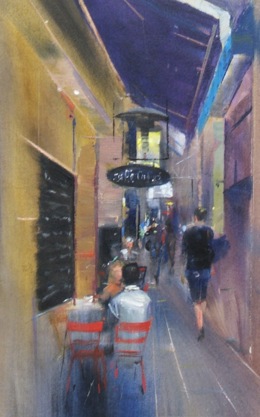
‘Arcade 1 Melbourne’
Landscapes have so much variation from the craggy Grampians, flat vineyards. rivers, and open planes. Can you discuss how you choose a location?
To me this is not a very difficult thing to do, most of the time it’s not me that chooses the location, in my travels the location chooses me. I like to observe and paint the beauty of the things I see and experience in my day to day travels. Whether it’s a trip to the beach, mountains or to the top of a tall building, “It’s all a part of my art journey”.
Painting the way the light falls on the landscape, or the abstract patterns I see.
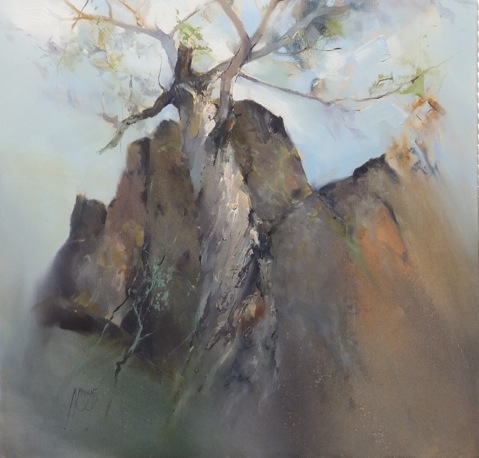
Colour is very important in your work and yet very variable. Can you expand on your use of colour?
I work with quite a limited palette; about six to eight colours, plus white. All my paintings are done with this palette, whether the painting appears to be grey and moody, or bright and vibrant. With this method it’s amazing the amount of colours you can mix. I find this a very harmonious way to obtain balance in my colour composition.
Your seascapes are often at low tide, why does the tide play such a large part in this work?
I’m rather drawn to painting low tide scenes. I find the shapes in the rock pools interest me as a compositional tool; often leading the eye through the painting to the focal point, or actually being the focal point itself.
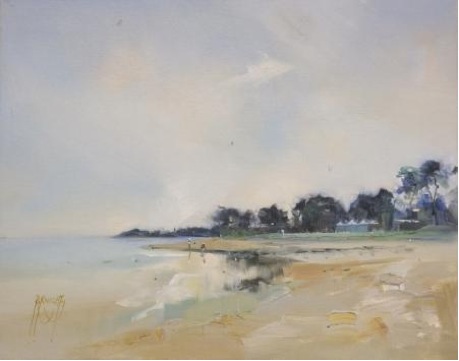
Your city is built around a bay. Can you discuss the combination of water and city expand on this?
Yes, I’m a Melbourne person, and often travel into the city. Sometimes I like to take a small aircraft and fly over the city and along the bay. I then take the photos back to the studio, where I can draw and compose the aerial scenes.
I like to paint scenes from around the bay, looking from Williamstown, across to the city. There are so many places like that around Melbourne.
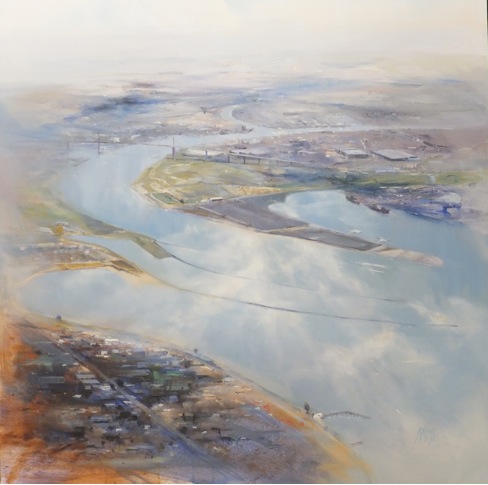
Most of your work is done within Melbourne and Victoria, and you have exhibited beyond. Can you discuss this?
Most of my work is done from Melbourne and its surrounding countryside and beaches.
My work has been exhibited in Canberra, South Australia and the United Kingdom.
For a number of years I had exhibitions in Canberra. I also tutor workshops all over Victoria and into NSW. I usually gather a lot of my painting references in my travels.
My work is in private collections in the UK, USA, Canada and Japan.
What are the sizes of your work and why do you choose these sizes?
I paint in various sizes from 6” x 8” through to 6ft x 8ft, and any size in between. I love the sense of scale I can portray on a large canvas, and the detail on the smaller formats; it’s all relevant to the subject I’m painting.
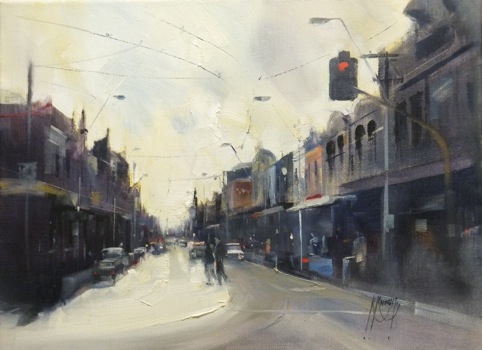
Can you discuss your signature on your paintings? how do you do this technically? It is a beautiful addition!
My signature is something that has developed along with my paintings. It’s probably become a lot more flamboyant as my confidence in my paintings has evolved.
I just paint it with a rigger brush (being a sign writer for 30+ years does make it pretty easy).
I also use my signature to balance my paintings; I sometimes put it on the right, and sometimes on the left side.
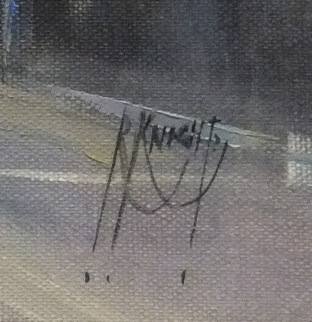
Contact details:
www.robertknight.carbonmade.com
rknight_art@yahoo.com.au
Robert Knight, Victoria, Australia
Interview by Deborah Blakeley, December 2013
Think a colleague or friend could benefit from this interview?
Knowledge is one of the biggest assets in any business. So why not forward this on to your friends and colleagues so they too can start taking advantage of the insightful information the artist has given?
Other artists you may be interested in:

